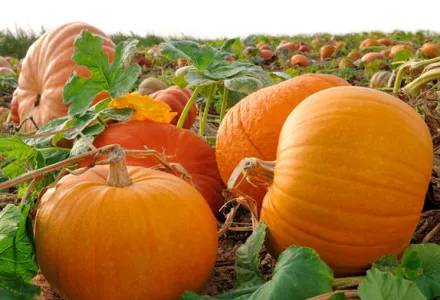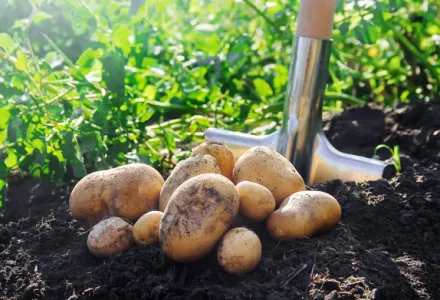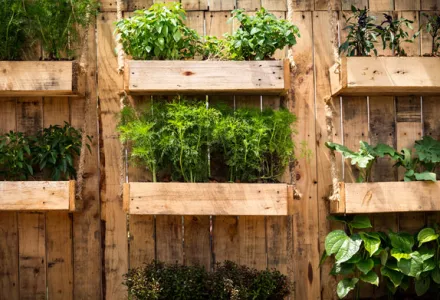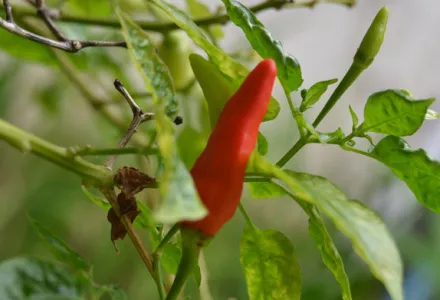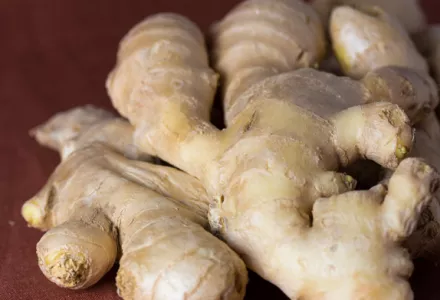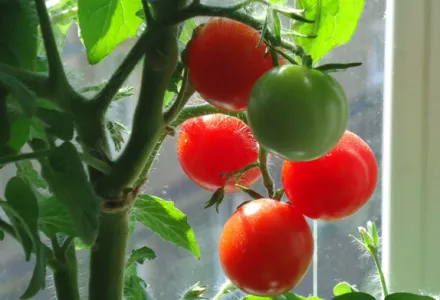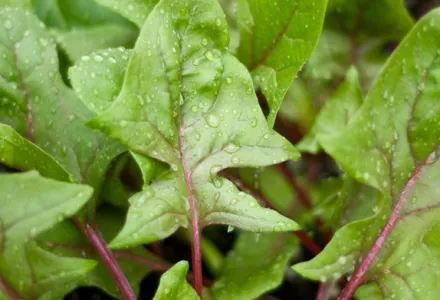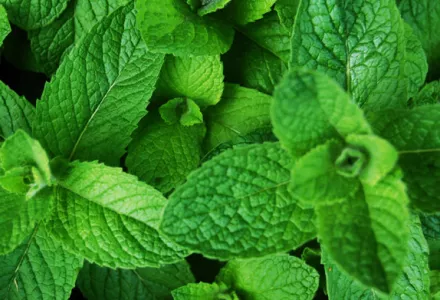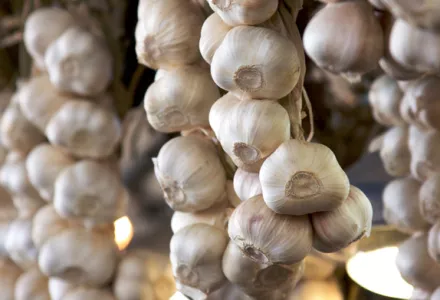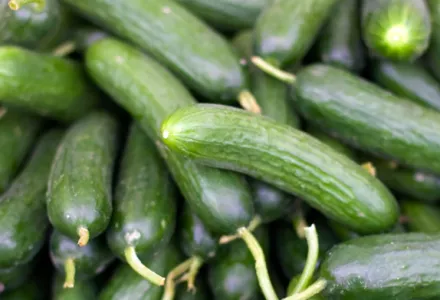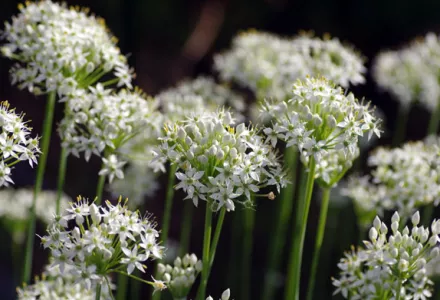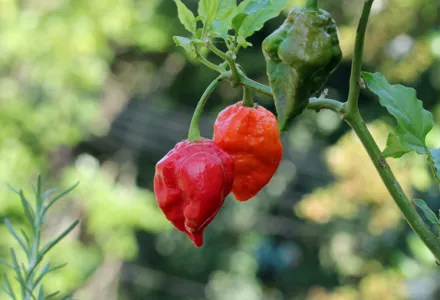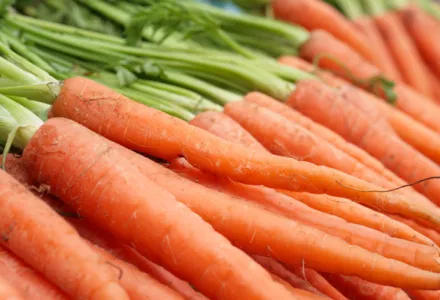The versatile and delicious pea offers not just its seeds, but also its pods, shoots, and leaves for our culinary delight, and has been a staple in world cuisines for many thousands of years. The pea's journey from wild to cultivated began over 11,000 years ago in the Middle East, although the earliest human consumption of wild peas is thought to have been at least 23,000 years ago, and perhaps as long ago as 46,000 years ago.
Peas were one of the most widely grown vegetables of northern Europe during the Middle Ages, powering plebs, armies and the aristocracy alike—their description and cultivation is evident in almost every early gardening or agricultural book of any language in middle and northern Europe. Cultivated peas arrived in Australia a few centuries later on the First Fleet, and three pints of peas per week was a big part of the meagre diet of the colonists in 1788. Today, around 35,000 tonnes of peas are grown across Australia every year.
But even though they're one of the most popular items in the modern supermarket freezer, no one has been as mad for peas as the French aristocracy in the 1690s. Eating freshly shelled peas became such a popular delicacy that Louis XIV's second wife, Madame de Maintenon, wrote in a letter that, "The subject of Peas, continues to absorb all others, the anxiety to eat them, the pleasure of having eaten them, and the desire to eat them again, are the three great matters which have been discussed by our Princes for four days past. ...It is both a fashion and a madness."
Peas have also played significant roles beyond the dinner plate. In the 19th century, Austrian monk Gregor Mendel famously used pea plants in his groundbreaking experiments on inheritance, laying the foundation for modern genetics—though the genome sequence of peas is so tricky that today's scientists still haven't been able to untangle it!
Family ties
Peas belong to the legume family. This massive group of plants includes many other foods including beans, lentils, chickpeas, soybeans, peanuts, alfalfa, clover, tamarind, carob and even liquorice! The ability to fix nitrogen in the soil and the production of seeds in pods are two of the most common characteristics of this group.
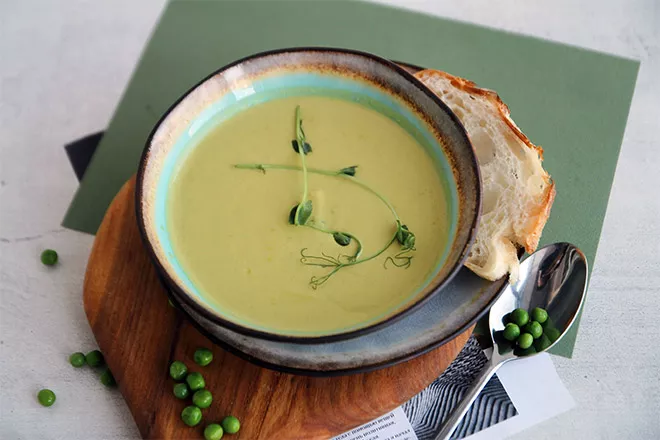
Eat me
Whether fresh from the pod, frozen for convenience or dried for easy storage, peas are remarkably versatile and delicious. Tender young pea shoots make for a delightful salad or stir-fry ingredient; the crisp pods of snow peas add a satisfying crunch to various dishes; and sweet green peas themselves are a staple in countless recipes. Fresh peas can be enjoyed raw as a snack, steamed as a simple side dish, or pureed into a vibrant soup. They shine in classic comfort foods like split pea soup and shepherd's pie, and add colour and nutrition to pasta dishes, curries and risottos. Dried peas are perfect for hearty stews, Indian dals, and can even be ground into flour for gluten-free baking.
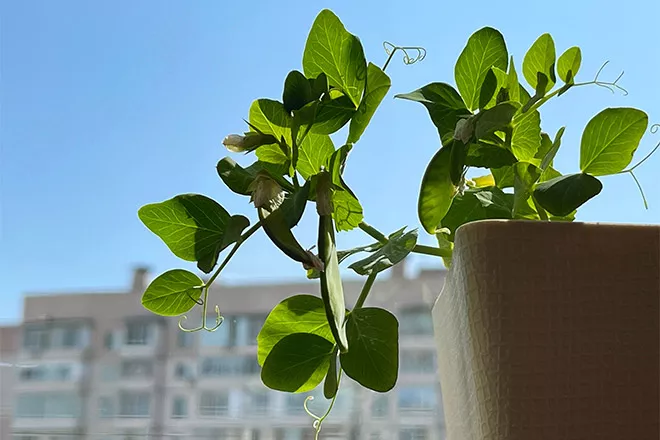
Grow me
In most of temperate Australia, peas are grown as a cool-season crop, planted in early spring for a summer harvest or in late summer for an autumn crop. It's best to sow seeds directly into the garden, in well-prepared soil rich in organic matter and with a slightly alkaline pH of between 6.0–7.5. Plant seeds about 2.5 cm deep and 20cm apart in rows, with rows spaced about 25-30 apart. Most peas will appreciate some support, and a tall trellis is a must for climbing varieties. Water regularly, but don't drown the soil. To encourage bushier growth and higher yields, pinch off (and eat!) the growing tips when plants reach about 30 cm tall and keep an eye out for pests like snails, slugs and aphids and diseases such as powdery mildew. Harvesting regularly once pods mature encourages continued production throughout the growing season.
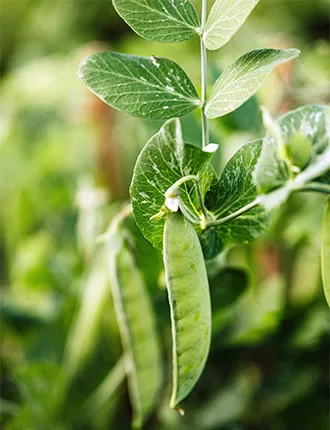
Feed me
Most pea varieties don't require much feeding if planted in nutrient-rich soil, as they can fix nitrogen from the air, however, proper nutrition can still enhance their growth and yield. Start your peas in well-prepared soil rich in organic matter, with just a touch of balanced, all-purpose fertiliser.
A light application of fertiliser rich in potassium can also help during the growing stages, as it promotes flowering and pod development. But the key with peas is moderation—they generally don't require heavy feeding, and excessive fertilisation can lead to lush foliage but poor pod production.
Tips for growing peas
- When constructing supports for your peas, try and position them north to south to maximise the sunlight the plants receive. Trellises, netting, or poles will help to keep vines off the ground, improving air circulation, minimising disease and making harvesting easier.
- Many gardeners recommend soaking pea seeds in water for 12-24 hours prior to planting, which can soften the seed coat, speed up germination and lead to quicker, more robust growth.
- Peas love carrots, radishes, and lettuce. Planting them together enhances soil health, deters pests, and creates a favourable microclimate for your peas. Avoid planting peas near onions or garlic, as they can inhibit growth.
- Mulch around the base of plants to retain moisture and suppress weeds. This also helps keep the soil cool, which peas prefer.
- Harvest regularly to encourage continued production. Pick peas when the pods are plump but still bright green. For maximum sweetness, harvest in the morning and eat or freeze them soon after. To extend your harvest, plant several successions of peas about 2 weeks apart. This ensures a continuous supply throughout the growing season.
- Inoculating pea seeds with Rhizobium bacteria is a natural way to significantly enhance nitrogen fixation in the soil, boosting pea plant growth and leading to healthier, more productive plants, especially in new gardens or areas where peas haven't been grown before.
- Prune your pea plants to remove dead or yellowing leaves and thin out crowded areas to improve air circulation, letting more sunlight through to reach the remaining plants and reducing the risk of nasty funguses like powdery mildew.
- Apply some worm or compost tea around the base of your pea plants when they start flowering. This additional nutrient boost supports the development of pods and will lead to long hours popping piles of delicious peas on the kitchen table.
Cure what ails ya'
Peas are a nutritional powerhouse, offering a wide range of health benefits in a small, green package. They're an excellent source of protein, making them ideal for vegetarians and vegans, and are rich in dietary fibre, which aids digestion, promotes bowel health, and helps maintain stable blood sugar levels. They're also packed with vitamins and minerals, particularly vitamin A, vitamin B6, folate, iron, zinc and magnesium, which are crucial for blood health, immune function, and bone strength. One of the standout features of peas is their high antioxidant content, which can potentially reduce the risk of chronic diseases, while their low glycaemic index and high fibre content make them beneficial for weight management and heart health. With their impressive nutritional profile, peas offer a simple yet powerful way to boost overall health and well-being.
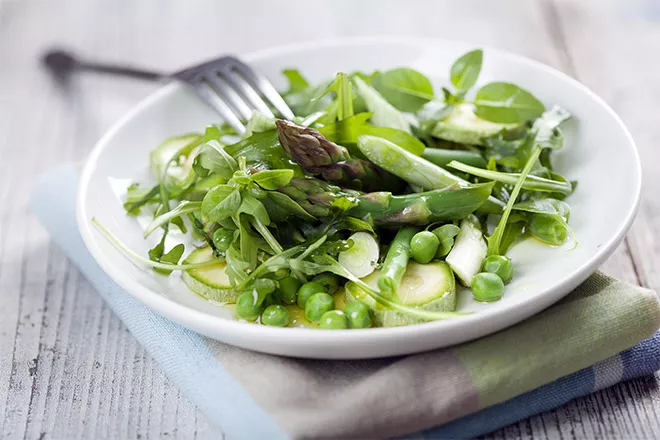
RECIPE
PEA, ASPARAGUS and MINT SALAD
Ingredients
- 1 cup dry white wine
- 1 teaspoon sugar
- 8 spring onions, thinly sliced
- 1 1/2 cups frozen peas
- 500 grams asparagus
- 1 tablespoon olive oil
- ¼ bunch of mint
Method
- Bring wine and sugar to the boil in medium frying pan. Reduce heat; simmer, uncovered until mixture is reduced to about ¼ cup.
- Meanwhile, half-fill a saucepan with water, add a little salt; bring to the boil. Drop onion into the boiling water, cook 30 seconds; remove with a slotted spoon to a strainer. Rinse under cold water; drain.
- Using the same boiling water, repeat with peas then asparagus. Place asparagus on serving platter.
- Add oil to wine mixture with onion and peas; heat gently over low heat, season, then pour over asparagus. Top with finely chopped mint.

